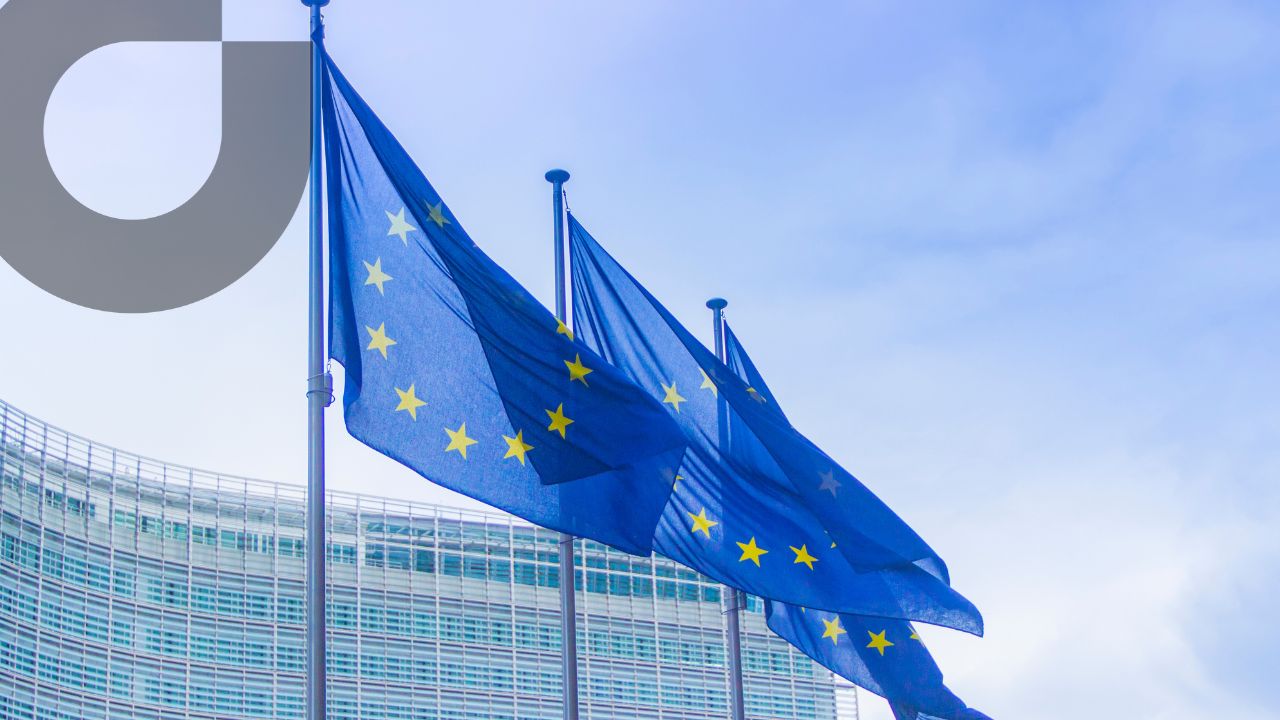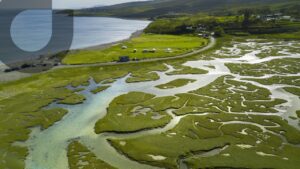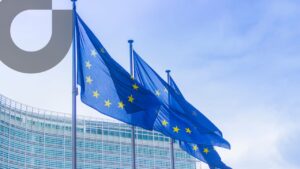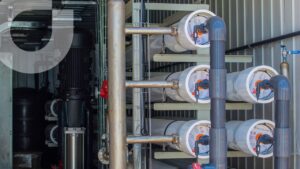On June 4th, 2025, the European Commission unveiled its long-awaited European Water Resilience Strategy, a landmark initiative signaling a decisive movement toward embedding water security into the fabric of European policy, economy, and diplomacy. As the CEO of a global company working at the intersection of technology, infrastructure, and water sustainability, I welcome this strategy not only as a necessary response to escalating climate and water challenges, but also as an unprecedented call for innovation, investment, and industrial transformation.
Water, as the strategy powerfully reiterates, is no longer an abundant, taken-for-granted resource. Droughts cost the EU around €40 billion in 2022 alone, floods €325 billion over the past four decades, and water pollution between €55 and €73 billion annually. These are not merely environmental statistics; they are risks to business continuity, human health, and the stability of our food and energy systems. The Commission’s strategy is a timely answer to this confluence of pressures, anchored in the Union’s Green Deal ambitions, the Preparedness Union Strategy, and most recently President Ursula von der Leyen’s 2024–2029 Political Guidelines.
The designation of Ms. Romina Roswall as Commissioner for Water underlines the gravity of the moment. For the first time, water is being treated not as a peripheral concern but as a keystone of EU competitiveness, security, and cohesion. Commissioner Roswall’s portfolio sends a clear message: Europe will not lead on climate and sustainability without leading on water.
A Strategic Leap Beyond Legacy Frameworks
While the EU has long had a robust legal framework on water, from the Water Framework Directive, passed back in 2000, to the Urban Wastewater Treatment and Floods Directives, the new strategy seems to take a necessary leap into integrative, anticipatory, and systems-based governance.
Three strategic pillars define this vision:
- Restoring the water cycle through nature-based solutions and enforcement of existing directives;
- Building a water-smart economy, underpinned by the “water efficiency first” principle and smart infrastructure;
- Ensuring universal access to clean, affordable water, recognizing its status as a human right.
For companies like ours, these pillars create both opportunity and responsibility. The emphasis on digitalization, public-private partnerships, and water reuse aligns directly with the advanced solutions we deploy. More fundamentally, the Commission’s strategy confirms that water is becoming a decisive variable in the location of future industrial activity, the credibility of sustainability reporting, and the competitiveness of EU value chains.
Innovation, Investment, and Industrial Scale-Up
Perhaps the most powerful lever embedded in the strategy is its focus on economic transformation. The EU water sector already supports over 1.6 million jobs and generates €111.7 billion in value added annually. Europe leads the world in water patents, accounting for 40% of global filings.
But innovation must now be deployed at scale. The strategy’s call for a Water Smart Industrial Alliance, a European Water Academy, and a Knowledge and Innovation Community (KIC) under the EIT are crucial for aligning R&D, vocational skills, and industrial policy. These efforts must converge to create a new model of competitiveness: one that sees water not as a constraint but as an innovation frontier.
According to the Strategy, this demands action on at least three fronts, among others:
- Deploying smart metering and AI-driven systems for leak detection and efficiency across supply chains;
- Accelerating safe water reuse in industrial processes, where current uptake remains below 3% across the EU;
- Reducing water footprints in data centers, hydrogen, batteries, and microchips, the very technologies that will define Europe’s Net Zero Industry future.
Europe’s ambition to enhance water efficiency by at least 10% by 2030, while commendable, should evolve into a binding and sector-specific framework. Otherwise, the principle of “water efficiency first” may remain aspirational.
Gaps in the Strategy: Strengthening the Foundation
While the strategy is bold and comprehensive, it prompts a reflection on areas requiring reinforcement.
First, water governance at the local level remains uneven. Structured dialogues with Member States are an important step, but more binding mechanisms and performance-based incentives are needed to ensure that national river basin management plans (RBMPs) are effectively implemented. Stronger enforcement of the “polluter pays” principle is vital, particularly regarding persistent pollutants like PFAS, whose cleanup costs are estimated at up to €100 billion annually .
Second, while the strategy acknowledges cross-border water challenges, its tools for fostering transboundary cooperation (critical across Europe’s 75 international river basins) could be more ambitious. Shared water bodies are shared risks. The EU should strengthen basin-level institutions and incentivize joint investments under Interreg and the Green and Blue Corridors initiative.
Third, the EU’s approach to water pricing and cost recovery remains cautious, if not shy. Sound water economics are indispensable for behavioral change, investment attraction, and the long-term sustainability of water infrastructure. A clearer commitment to fair and progressive pricing models, particularly for industrial and agricultural abstraction, would align incentives and reduce misuse.
Finally, while the strategy embraces digitalization, the EU must ensure that small utilities and municipalities (often the weakest link) are not left behind. Equity in technological capacity and access must be a design principle, not a late-stage correction.
Looking Ahead: Europe’s Global Role
The EU’s leadership on water cannot stop at its borders. The global water crisis, projected to reach a 40% supply gap by 2030, is a risk multiplier across food systems, energy markets, migration patterns, and geopolitical tensions. With Global Gateway investments, the expansion of the UN Water Convention, and the upcoming 2026 UN Water Conference, Europe is well placed to elevate water diplomacy and promote its standards internationally.
As a global company, we stand ready to work alongside the Commission, Member States, and international partners to turn the Water Resilience Strategy into a global benchmark. But time is short, and the stakes are immense. Water is no longer a silent crisis: it is rather the loudest signal of our collective vulnerability and, paradoxically, our shared opportunity for transformation.







